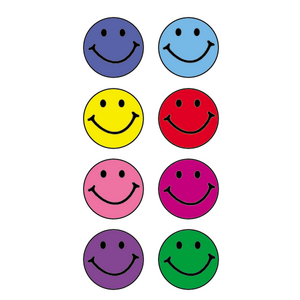Red Pen Reversal
Teachers often use a red pen to mark answers that are incorrect. Instead of using a red pen to check all wrong answers, use a red pen to check all right answers! Write “okay” on all correct answers. Leave answers that are wrong untouched. This is another silent message to students to go back and correct the wrong answers. They know, without you saying, that the problems are wrong, and they know which problems to correct. Be sure to use a red pen or pencil. Students have learned to associate red marks with the word, “wrong.” Using a red mark for the right answers is a way of using reverse psychology on them.
Tattle-Box
Tattling can be a big problem in a classroom. This type of behavior usually occurs when a student is trying to gain teacher attention. Students can tattle for the following reasons:
- to get others in trouble
- to hopefully get an award
- to gain attention
- to feel superior over others
Try using a tattle box. Cover a shoebox with paper. Label it, “The Tattle Box.” When a student tries to tattle, have the students write the problem down on paper and drop it in the box. Be sure to keep paper and pencil handy beside the box and be sure to read the papers!
Another tactic to curb tattling is when a student comes to tattle, ask a question: “Is it in or out?” In other words, you are asking the student “Are you tattling to get someone in trouble or out of trouble?” Only listen to those who say “out of trouble.” Students catch on quickly that you are not going to listen to their negative tattling.
Sticker Praise
Mark extra good work with a smiley sticker and watch the smiles on students’ faces. It is simple, but it works. Stickers with words of encouragement are also great for rewarding and motivating good work.



Awesome post! These are great tips to encourgage all students to have good behavior. I did like that idea about the red pen to mark the correct answers and leave the wrong ones untouched. I Also liked the idea of “Sticker Praise,” this is the best to show students their good behaviors as well it gives them a positive reinforcement in the classroom.
Again, Great Post!
I thoroughly enjoyed your tips on behavior management. I, too, use a Tattle Box,but have renamed it to “Teacher’s Mail Box” to nix the negative connotation with tattling. I teach first grade and continue to have “tattle tails”. Does anyone have any suggestions for mini lessons or read alouds to approach this behavior?
Hey there Christina,
You may find this link helpful for teaching kids not to tattle:
http://www.dltk-kids.com/articles/lessonsfortheplayground.htm
It discusses a way for children to distinguish for themselves whether or not they are engaging in tattling. If the student feels it is necessary to inform a teacher of another student’s behavior or situation, the student should first ask himself: “Is the situation/behavior dangerous or destructive?” If it isn’t, then it’s tattling, which ruins friendships and can lead to bullying. If it is dangerous and/or destructive, then a teacher should be involved.
Hope that helps!